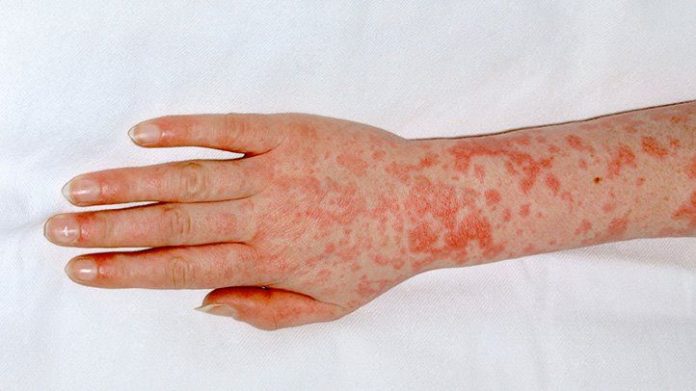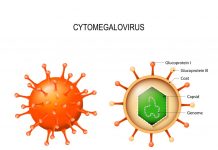Scarlet fever is a bacterial infection caused by Group A Streptococcus. Quite frequently the specific organism isolated is Streptococcus pyogenes. Widely spread throughout the environment, these bacteria can cause illnesses from the relatively minor with no major associated difficulties up to severe, life-threatening infections. Fortunately, antibiotic therapy is quite effective against these offenders.
What are the Signs of Scarlet Fever?
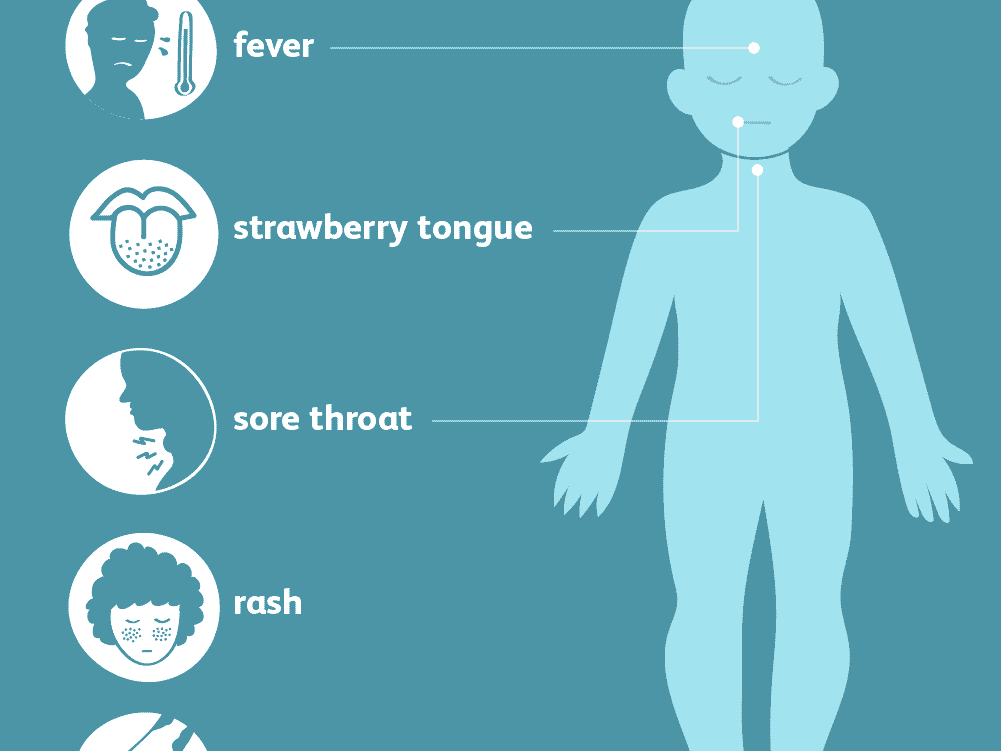
Most commonly scarlet fever begins with the appearance of a red rash that starts on the abdomen and chest and then spreads to most of the surface of the skin. The rash can be redder at specific sites such as the crook of the elbow, in the armpits and in the groin area. The tongue can start with a whitish coating but then typically gets red and develops bumps, giving it the appearance of the outside of a strawberry. It is also associated with the development of a significant fever (greater than 101o F or 38.5o C).
Can Scarlet Fever be Spread?
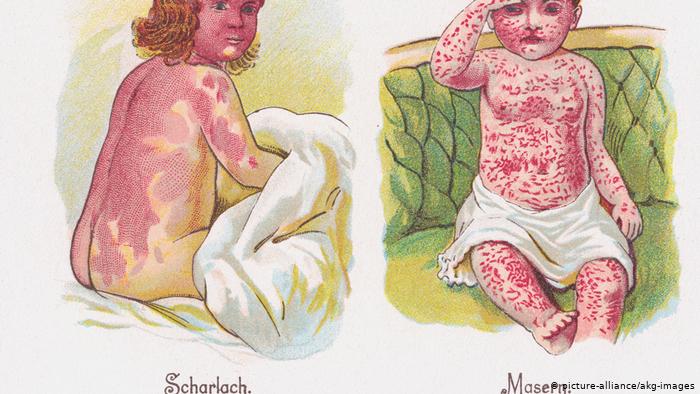
The bacterium that causes scarlet fever can be spread via droplets from the mouth or nose of the infected person, so it is possible to spread from one person to another. Good hygiene practices go a long way in preventing the spread if someone is near to a person with scarlet fever. Good hand washing practices and other commonsense sanitary measures are very helpful, including not sharing silverware or drinking glasses with someone who has scarlet fever.
Is Scarlet Fever Dangerous?
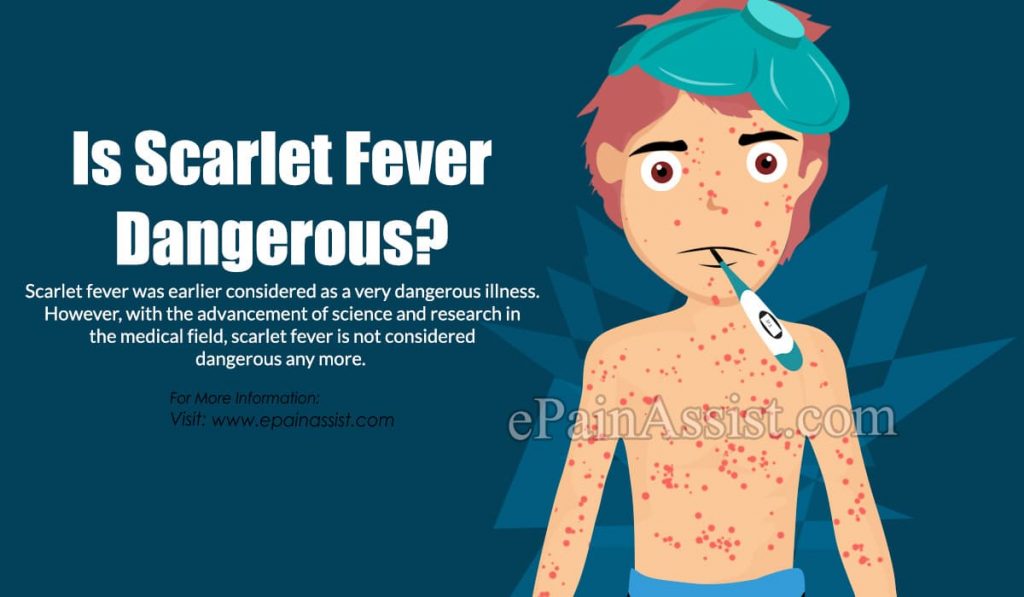
Group A streptococcal infections can be quite serious if left untreated. Without intervention a person can develop rheumatic fever, heart and kidney damage, meningitis, cellulitis, sinusitis, otitis media (middle ear infection), serious skin infections and several other disorders.
How is Scarlet Fever Treated?
Fortunately scarlet fever is typically very responsive to treatment with antibiotics. Most often the infection can be treated with penicillin type antibiotics or with erythromycin for 10 days. Within 24 to 48 hours of starting antibiotic therapy the person is usually no longer capable of spreading the bacterium.
It is extremely important to remember that when the doctor orders antibiotic therapy the dosing regimen must be followed carefully and the total recommended length of treatment must be followed. The bacterium that causes scarlet fever is only eradicated after the full treatment. It would be a mistake for someone to stop taking the antibiotics on the fifth day of treatment simply because they felt better.
For more information on scarlet fever read the extensive information available at the Mayo Clinic. To learn more about Group A Streptococcus visit the US Center for Disease Control.


